External Awards for Research Training
Trainees planning applications to NIH or other funding agencies are encouraged to directly contact current and past awardees to request advice and/or copies of the funded applications.
-
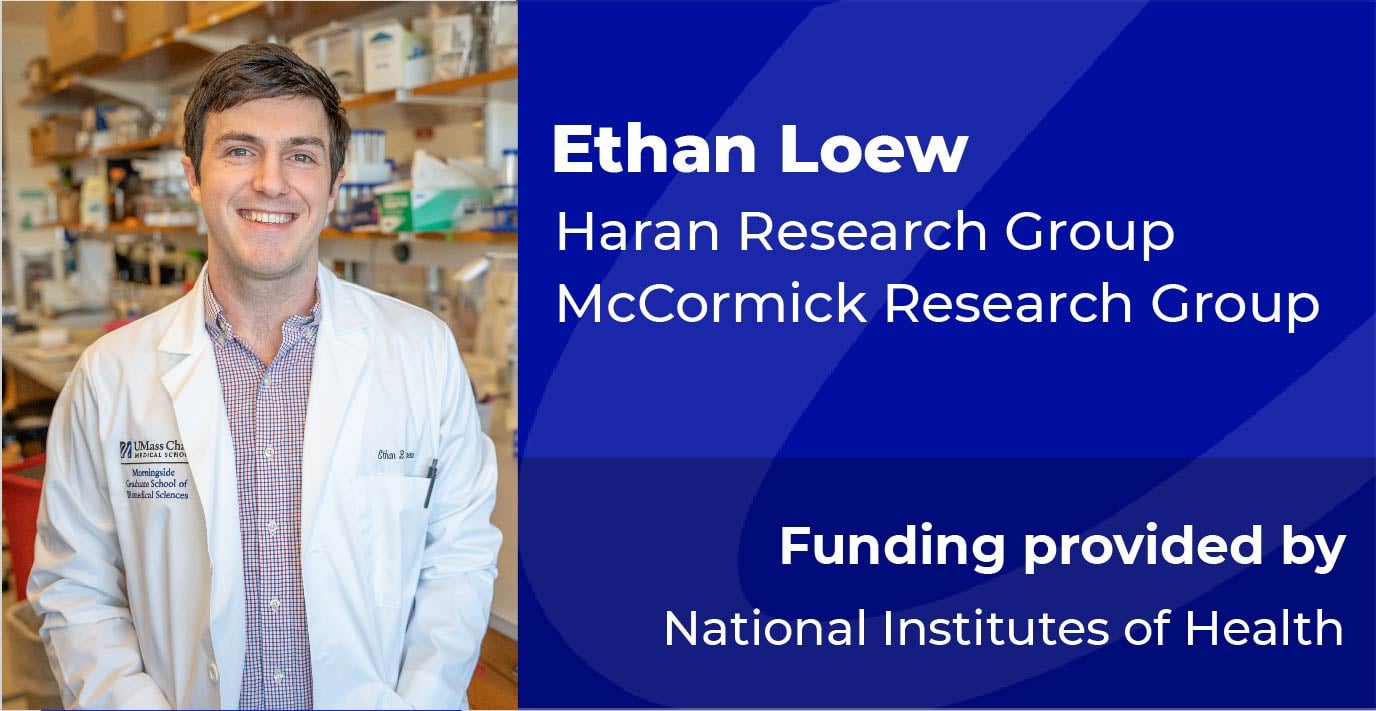 Read more
Read more -

Characterization of Enterovirus 68 3C Protease For the Development of Robust and Potent Direct-Acting Antiviral Inhibitors
Read more -

VEGF/Neuropilin-2 Signaling and Radioresistance in Triple-Negative Breast Cancer
Read more -

Identification of a putative mitochondrial solute carrier that regulates mitophagy
Read more -

Investigating siRNA-mediated inhibition of ischemia-reperfusion injury during the liver transplantation process
Read more -

Examining the Role of a Pathogenic HTT Isoform, HTT1a, in Somatic Expansion and RNA Aggregation in Huntington's Disease
Read more -

Modulation of mitochondrial biogenesis by the Integrated Stress Response (ISR)
Read more -

Outlining Shadows of Structural Racism Using Publicly Available Social Determinants of Health Data
Read more -

Implementation of Medications for Opioid Use Disorder in Massachusetts Jails
Read more -

Investigating the Role of cnb-1 and chpf-1 in GABA DD Motor Neuron Remodeling and Synapse Maintenance
Read more -

Bacterial targeting of the P-glycoprotein/endocannabinoid axis for reducing intestinal inflammation in ulcerative colitis
Read more -
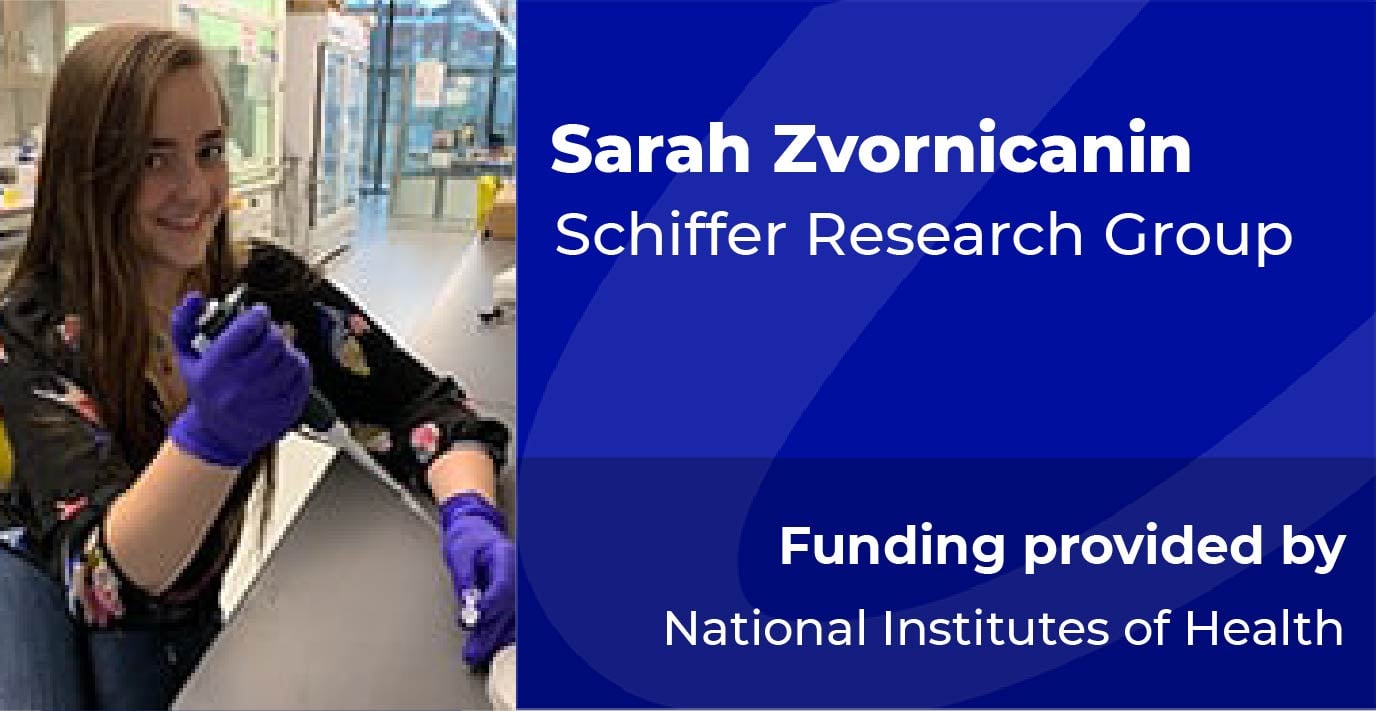
Structure-based Antiviral Design against HTLV-1 Protease
Read more -

Investigating the Role of Endosomal Toll-Like Receptors in Remyelination
Read more -
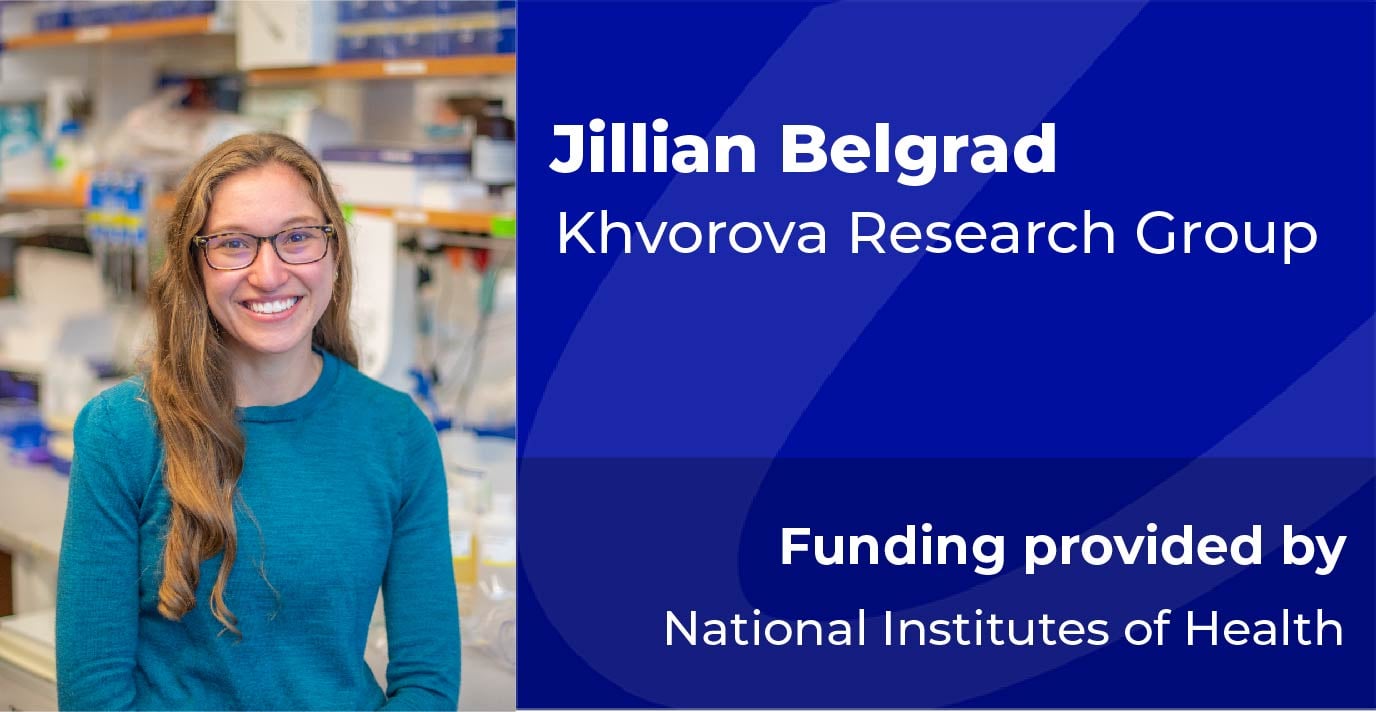
Modulation of Somatic Repeat Expansion as a Therapeutic Approach to Huntington's Disease
Read more -

Establishing and optimizing a prime editing method in neurons for treatment of Rett syndrome
Read more -

Elucidating the role of hepatic mTORC2 as a key regulator of carbohydrate metabolism in non-alcoholic fatty liver disease
Read more -

Investigating Trisomy 21 Impact on Human Neural Cell Development and Function Using "Trisomy Silencing" in vitro
Read more -

Muscle-Specific CRISPR/Cas9 Exon Skipping for Duchenne Muscular Dystrophy Therapeutics
Read more -

Care Integration, Supportive Housing, and Outcomes for Medicaid Accountable Care Organization Enrollees with Behavioral Health Conditions
Read more -

Mechanism of cell lethality following loss of gene expression
Read more -

The role of Neurexin in serotonin synaptic function and social behavior
Read more -

Detection of intestinal pathogens through host surveillance of bacterial toxins
Read more -

Discovery of a novel role of VPS13D in Autophagy
Read more
-

Adherence to Clinical Practice Guidelines for Screening and Management of Pediatric High Blood Pressure within a Massachusetts Safety-Net Health Care System
Read more -

Targeting dormant leukemia-initiating cells in T-cell acute lymphoblastic leukemia
Read more -
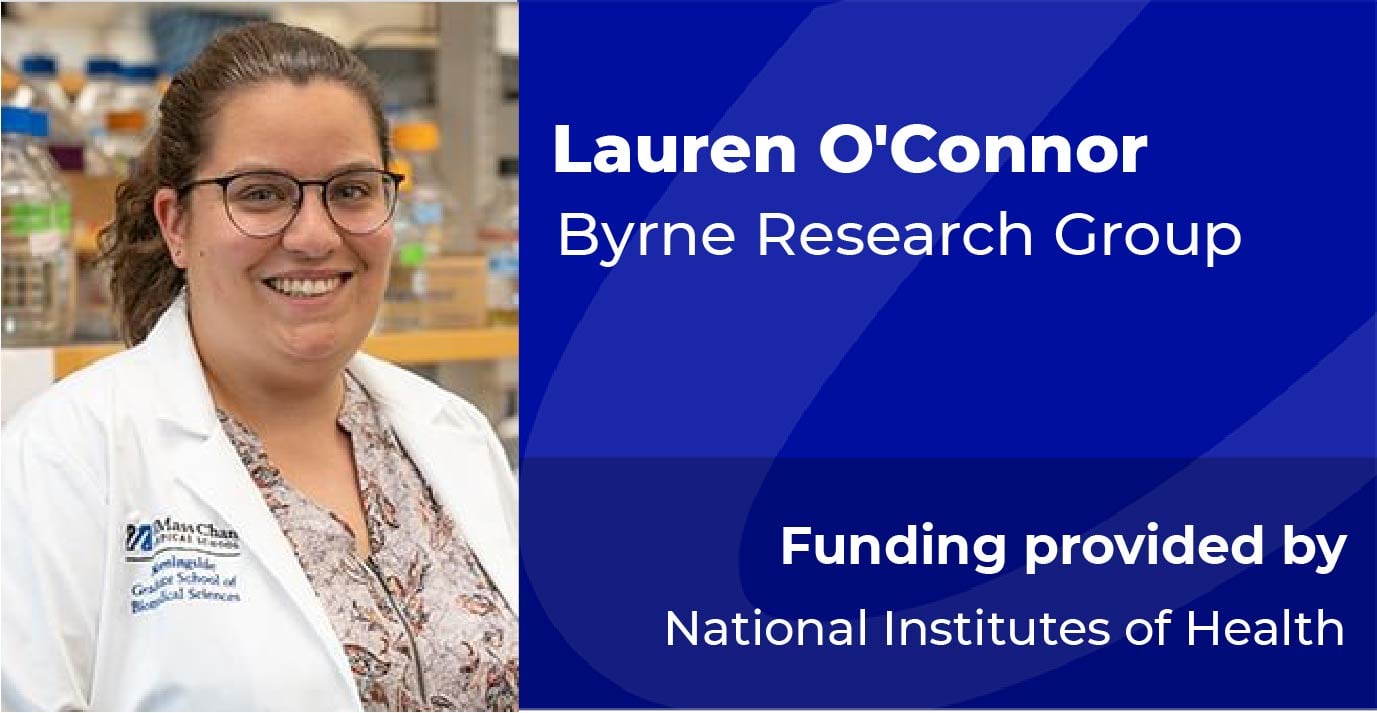
Investigating mechanisms of neurodegeneration
Read more -
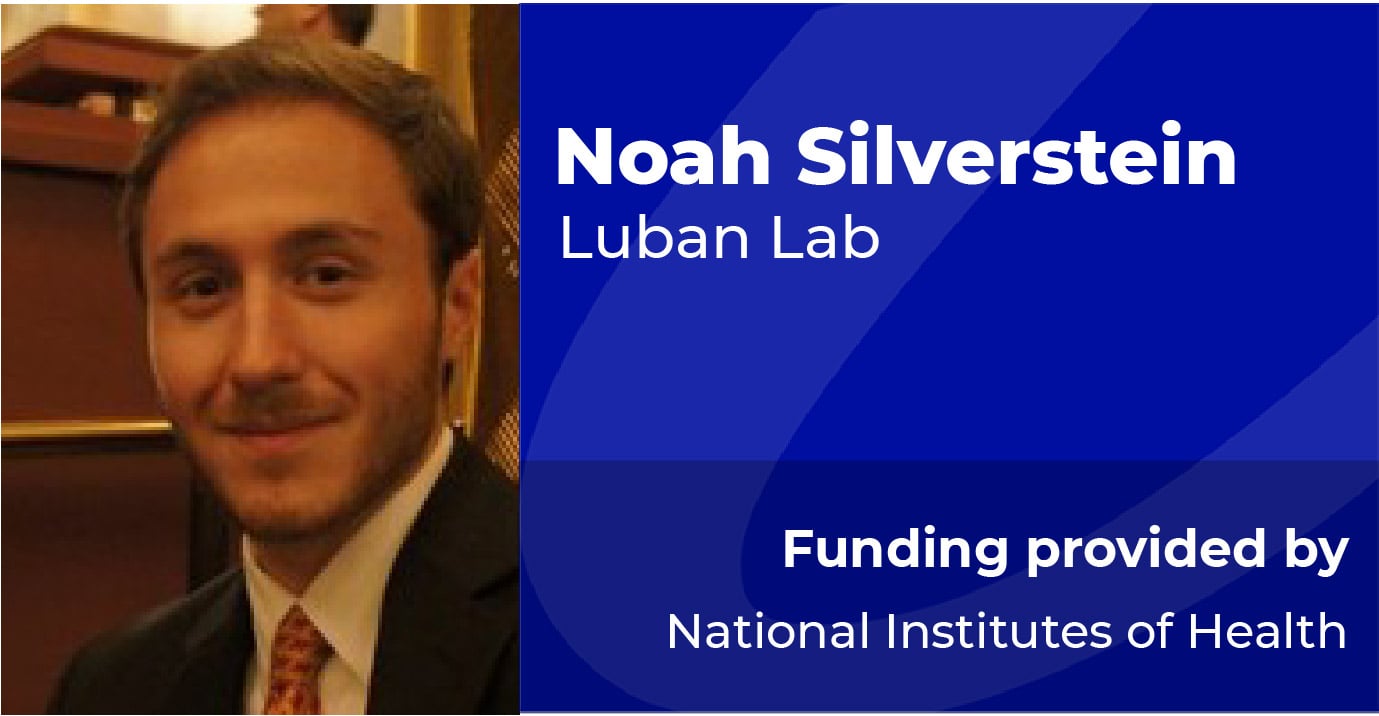
Mechanism of epigenetic inheritance in a mouse model of acute paternal stress
Read more -

Investigating the role of MS4As during Alzheimer's disease
Read more -
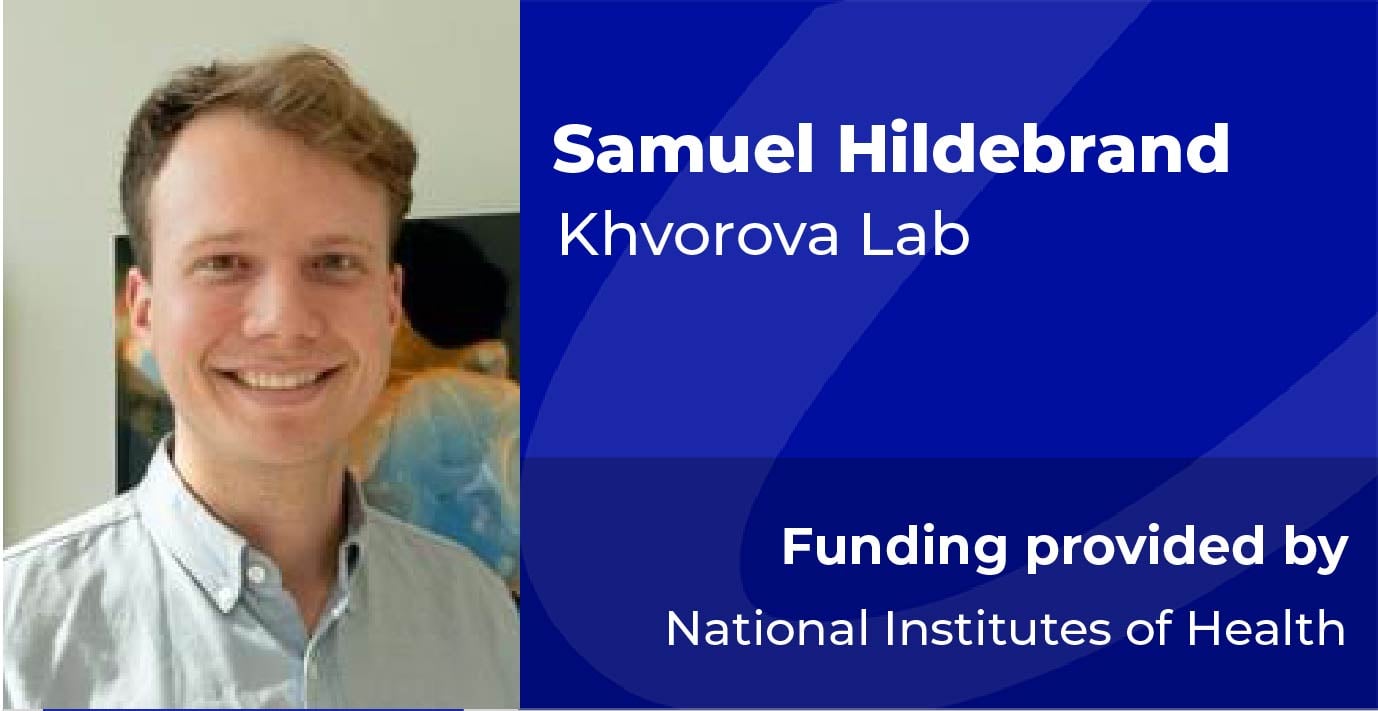
The Impact of Nucleotide Modification Patterns on Therapeutic Small Interfering RNA Activity in the Central Nervous System
Read more -

Characterization of MS4A Chemoreceptive Function
Read more -

The Influence of Spatial Proximity to Sterile Syringe Sources and Secondary Syringe Exchange on HCV Risk Among Rural People Who Inject Drugs
Read more -
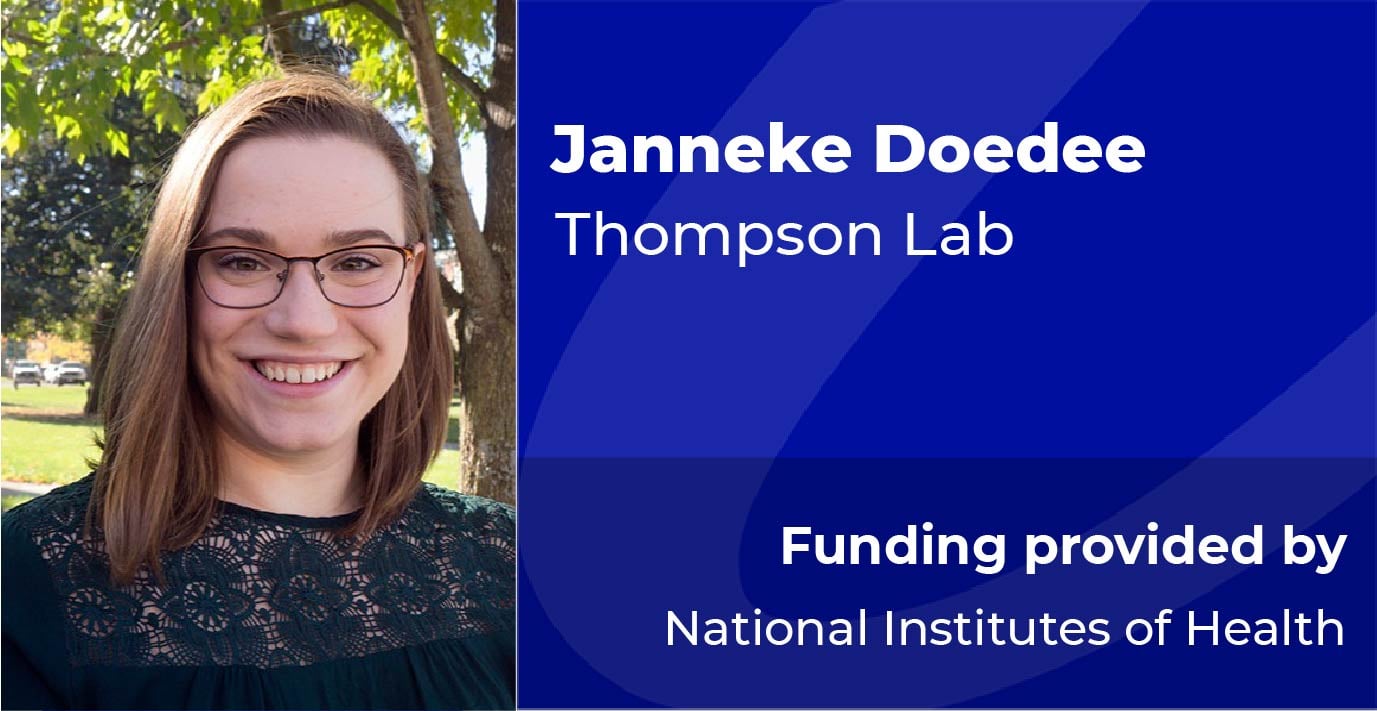
Investigating the Activation Mechanism of SARM1 during Axon Degeneration
Read more -

Investigating the impact of trisomy 21 silencing on cardiovascular development and function
Read more -

Development of Advanced Oligonucleotides for Glioblastoma Therapeutics
Read more -

Investigating sliding clamps and their contribution to genome stability
Read more -

Pathogen sensing by nuclear hormone receptors in C. elegans intestinal epithelial cells
Read more -

Activation of non-apoptotic cell death by the DNA damage response
Read more -

Structure-based design of potent and selective chemically modified oligonucleotide inhibitors for APOBEC3 enzymes
Read more -

Investigating the role of B cells in pulmonary fibrosis resulting from STING gain-of-function autoinflammation
Read more -

Tissue-specific modulation of Apolipoprotein E in neurodegeneration
Read more -

Intersectionality of Sexual Orientation, Gender Expression, and Weight Status on Risk of Disordered Eating Behaviors
Read more -

Engineering Synthetic Guide RNAs and Compact Base Editors for Enhanced In Vivo Delivery
Read more -

Elucidating the structural and mechanistic features of a thermophilic bacteriophage
Read more -

Elucidating premature translation termination in Cystic Fibrosis
Read more -

Dissecting ADAM10 function in microglia-mediated synapse elimination
Read more -

Investigating how the conserved ZNFX-1 protein regulates epigenetic inheritance and germline immortality in Caenorhabditis elegans
Read more -

Integrin Regulation of Mammary Gland Development
Read more -

Characterizing effects of sperm- and oocyte-derived epigenetic factors on early embryonic gene expression and offspring metabolic function
Read more -

Stability of the folded genome
Read more -

Feasibility of Smartwatches for Atrial Fibrillation Detection in Older Adults
Read more -

Concurrent trajectories of physical frailty and cognitive impairment among nursing home residents and community-dwelling older adults
Read more -

Replication-independent DNA methylation dynamics during post-testicular sperm maturation
Read more -

Exploiting RNAi-based silencing of Myc and metabolic vulnerabilities to prevent relapse afer Kras inhibition in lung cancer
Read more -

Mechanism of cdk4 diabetes rescue in IRS2 knockout mice
Read more -

Investigating YAP1 control of differentiation and metabolism in Hepatoblastoma
Read more -

Integrin Function in Breast Cancer Initiation
Read more -

Defining the Rules for Designing Fully Chemically Modified siRNAs to Treat Genetically Linked Central Nervous System Disorders
Read more -

Smoking Cessation in Persons with Mental Health Conditions: Exploring the Role of Family and Friends
Read more -

Microglia-derived neuroactive cytokines governing neural circuit excitatory-inhibitory balance
Read more -

Trends, Predictors, and Consequences of Child Undernutrition
Read more -
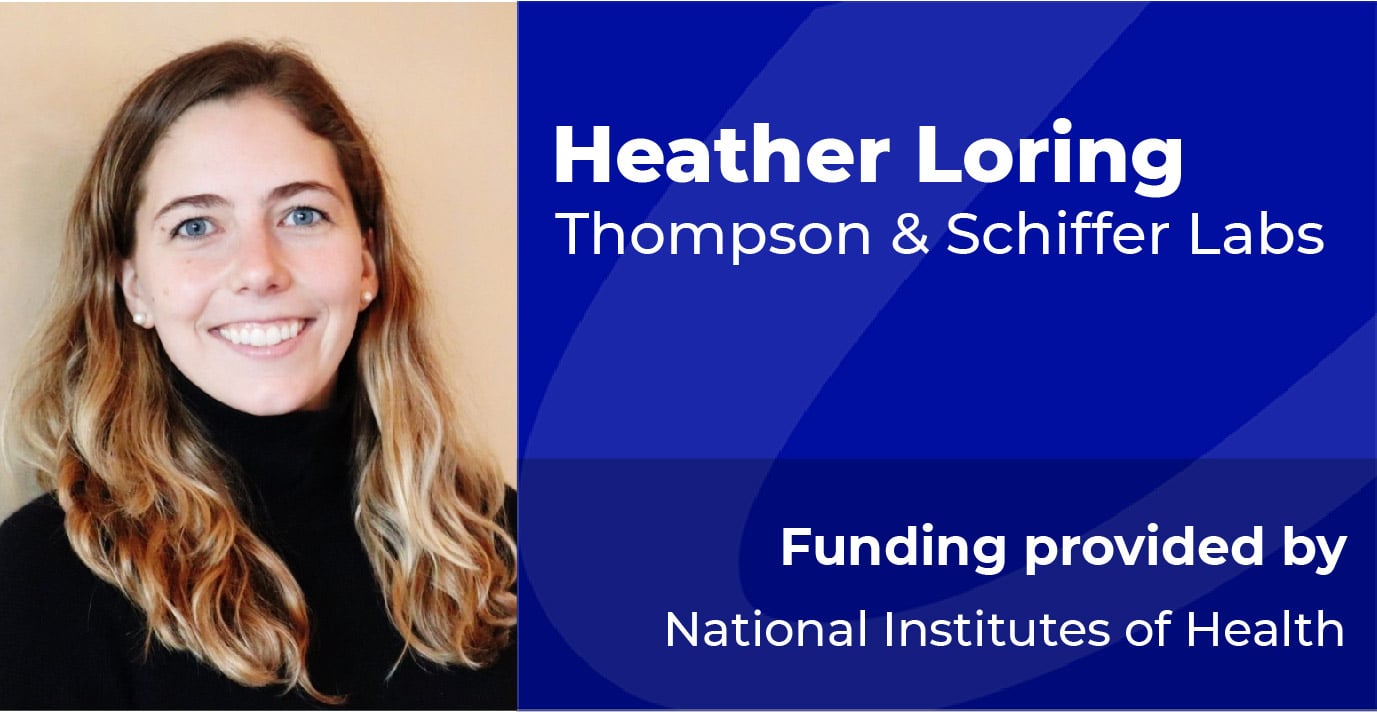
A chemical biology approach to studying the role of SARM1 in a novel neuronal degradative pathway
Read more -

Amelioration of Beta-hemoglobinopathies by efficient precise deletion of the +58 BCL11A enhancer using orthogonal Cas9-Cas9 chimeras
Read more -

The Role of Extracellular Vesicles in Alcohol-Induced Neuroinflammation
Read more -

Ethanol's Effects on Brown Adipose Development and Function
Read more -

Gq Receptor Regulation of Striatal Dopamine Transporters
Read more -

Fluorescent visualization of complement-dependent pannexin activity in microglia
Read more -

Modeling Down Syndrome Neural Phenotypes with Chromosomal Silencing
Read more -

Impact of Beclin 1 Loss on Breast Cancer Progression
Read more -

Targeting BMP signaling to treat advanced melanoma and suppress therapeutic resistance
Read more -

C. elegans as a model for host-microbe-drug interactions
Read more -

Investigating the Mechanism and Effect of Disease-Associated Increases in the Huntingtin Long 3'UTR Isoform
Read more -

The Role of 3' End Formation in Synaptic Function
Read more -

Patient and Social Determinants of Health Trajectories Following Coronary Events
Read more -

Examining BMP signaling as a regulator of neural crest identity during melanoma initiation and progression
Read more -

The Role of miR-122 in Alcoholic Liver Disease
Read more -

Structure-based design of robust cross-genotypic NS3/4A protease inhibitors that avoid resistance
Read more -

The Role of Innate IL-17 Responses to Aspergillus fumigatus
Read more -

The Impact of IRS2-microtubule interactions in the progression of breast cancer
Read more -

Functional Health Predictors of Other Cause Mortality Risk in Prostate Cancer
Read more -

Modulation of Nicotine Reward-Associated Behaviors by MicroRNAs
Read more
